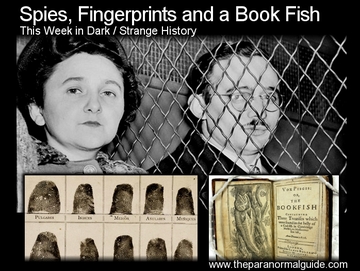
June 19, 1953
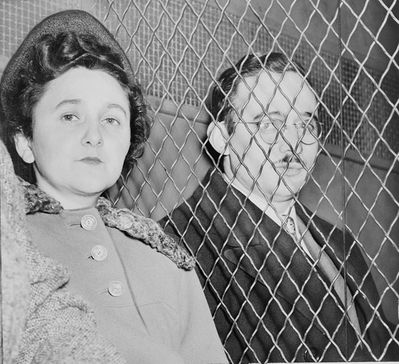 Ethel and Julius Rosenberg on trial.
Ethel and Julius Rosenberg on trial. Only a few minutes later Ethel Rosenberg is brought into the chamber. One might imagine that the smell of singed flesh and hair was still lingering in the air as she is strapped in to the same chair her husband had died in only minutes before hand.
After the three shocks were passed through her body doctors examined the body and found she still had a heart beat. Two more shocks were applied, smoke rose from her head and after the body was cool enough she was once again examined. She was pronounced dead at 8:16pm.
What were the crimes that this married couple had committed in order to see them put to death?
In July 1950 Julius Rosenberg was arrested on a charge of 'conspiracy to commit espionage'. A month later his wife joined him and in the following year, 1951, the couple were trialled and found guilty for heading a international spy ring said to be passing top secret information about the atomic bomb to the Soviet Union. They became scorned by the nation, their actions were seen to be a cause for the death of millions of US people in the case of a nuclear war with the Soviets.
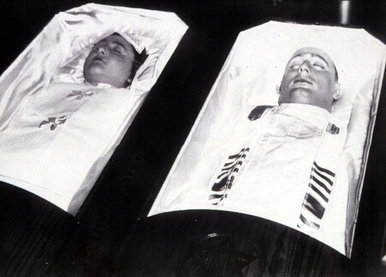 The Rosenbergs post execution.
The Rosenbergs post execution. Appeals were presented to the courts, the punishment was seen as cruel and unusual (as said by their attorney) but no one was to hear anything of it. June 17, the day before the execution they were awarded a stay which was eventually overturned on Friday June 19.
The Rosenberg's must have gone through much anxiety as they wondered when the next execution date would be. They did not have to wait long, 8pm that night Julius, aged 35, was taken from his cell and sent to eternity with his wife Ethel, aged 37, following soon after.
They maintained their innocence right to the very end and today many believed they were victims of hysteria borne from the cold war. They were buried in Wellwood Cemetery, New York and left behind two sons.
June 19, 1892
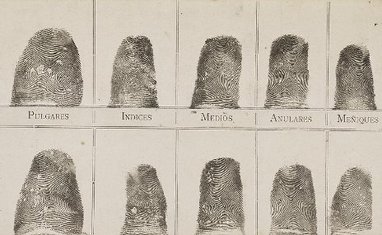 Fingerprint card of Francisca Rojas.
Fingerprint card of Francisca Rojas. Police arrested Velazquez and utilised some painful interrogation techniques (i.e. torture) but he denied any involvement in the murder. Since pain could not convince him to confess the law enforcers tried something else, something quite ghastly.
They tied Velazquez to the children's corpse and left him with them overnight.
When this also failed to result in a confession they tortured him for a further week still without results.
A new investigator was put onto the case who learnt Velazquez had an alibi and was also able to provide an interesting piece of information – Velazquez had heard Francisca Rojas boyfriend say he would never marry her while she still had “those two brats”.
Investigator Alvarez re-examined the crime scene and found a small brown mark on a bedroom door, later found to be a bloody fingerprint. He then removed the section of the door containing the fingerprint and took it back to the station. Here he requested Francisca Rojas to be fingerprinted. The prints were compared, found to be identical and upon being confronted with the evidence Francisca confessed to the murder and was eventually convicted.
It was this case that saw fingerprints to be a viable form of identification, especially in criminal cases and its popularity spreading throughout the Spanish speaking world.
June 23, 1626
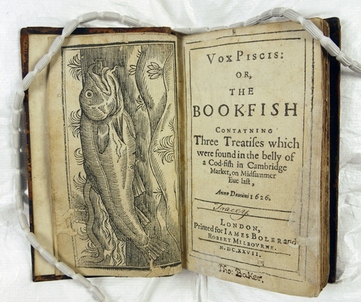 Vox Piscis.
Vox Piscis. Dr Joseph Mede, a scholar of Christ's College, Cambridge was happening to walk by when the discovery was made. Mede took the book for identification and after cleaning it he realised this was quite the discovery.
The book was found to be a sextodecimo, each page made up of a larger sheet folded into sixteen sections. Interesting in itself but more interesting was the content. They were a collection of short theological works written by a man named John Frith written while he was in prison.
The book had been printed 80 years earlier, in the mid 1500's. Frith had been imprisoned for introducing and encouraging reform ideas (essentially seen as heresy against the church) in prison of which he was eventually burned at the stake in order to 'save his soul'. The book found in the fish was one of his illegal works, thought to have been destroyed.
It is not known how the book ended up in the belly of the fish. The book was republished as 'Vox Piscis' – The Book Fish.
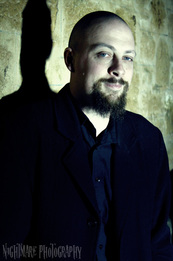




 RSS Feed
RSS Feed
